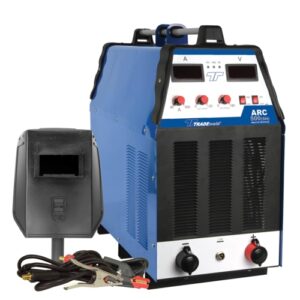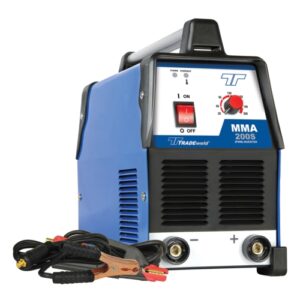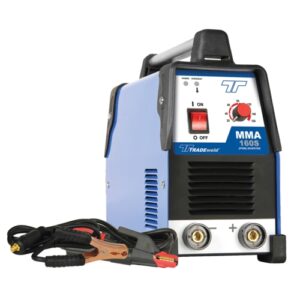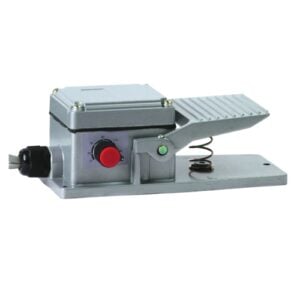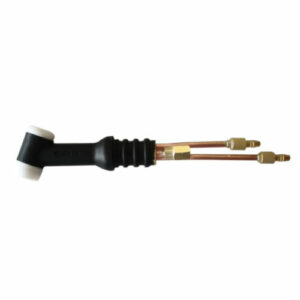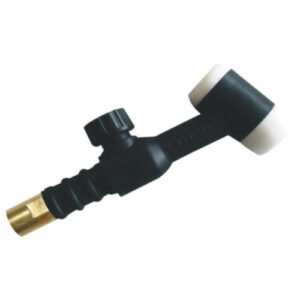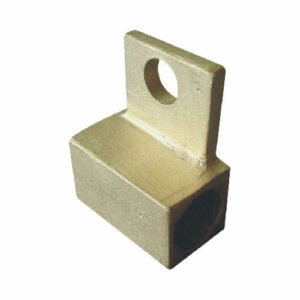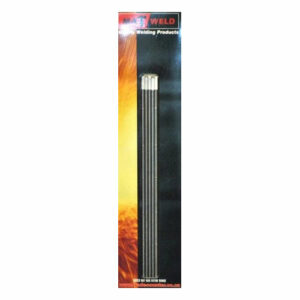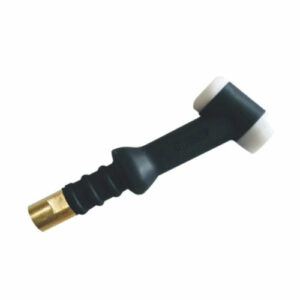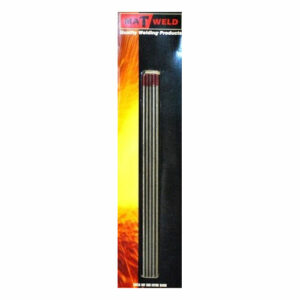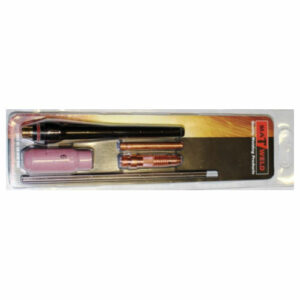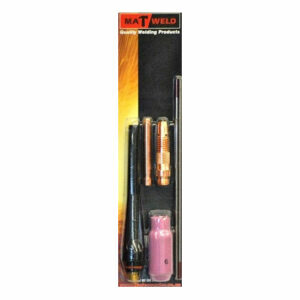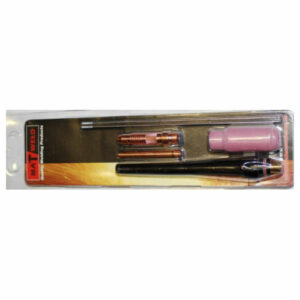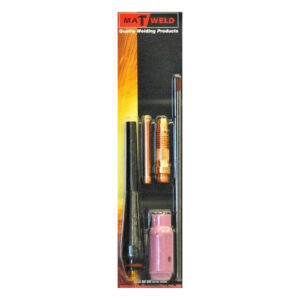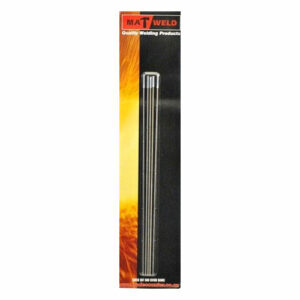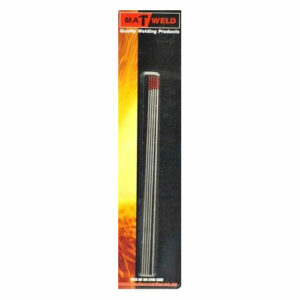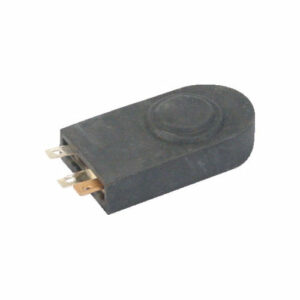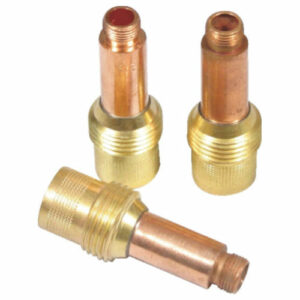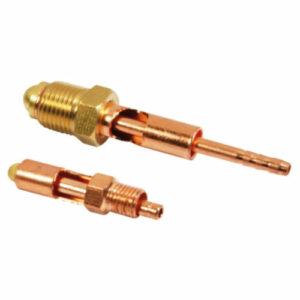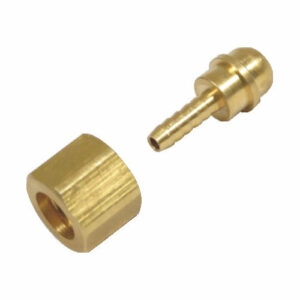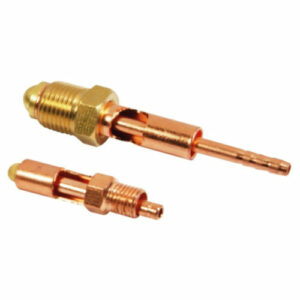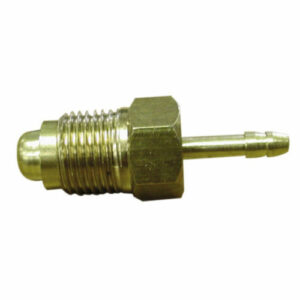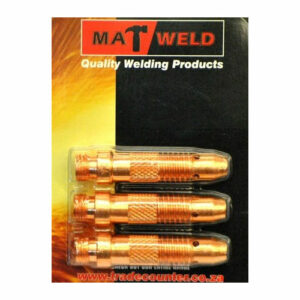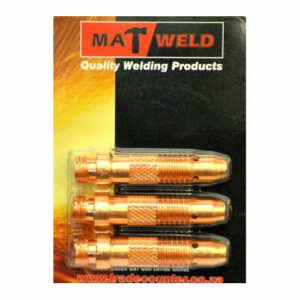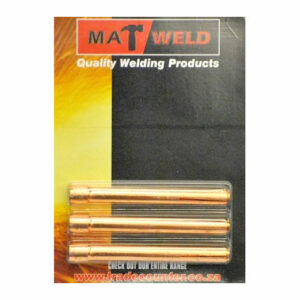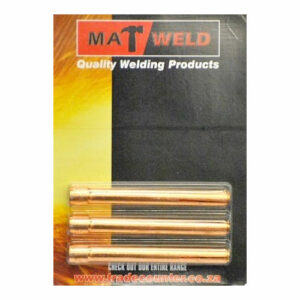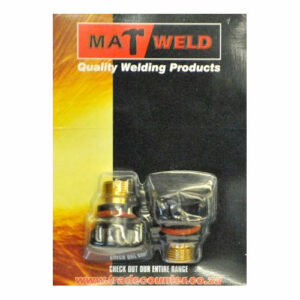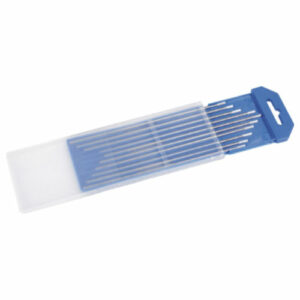TIG Welding Process:
Tungsten Inert Gas (TIG) Welding, is an arc welding process that uses a consumable tungsten electrode to produce the weld. The weld area is protected from atmospheric contamination by a shielding inert gas such as argon, and a filler rod is used. TIG is most commonly used to weld sections of stainless steel and non-ferrous metals such as aluminum, magnesium, and copper alloys. The process grants the operator greater control over the weld than competing processes such as (MMA) Manual Metal Arc welding and (MIG) Metal Inert Gas welding, allowing for stronger, higher quality welds. However, TIG is comparatively more complex and difficult to master, and furthermore, it is significantly slower than most other welding techniques.
Features:
– TIG = Tungsten Inert Gas welding
– Provides high-quality welds
– Precise and accurate welding on thin materials highly aesthetic weld beads
– Capable of welding mild carbon steel, aluminum, and other metals with just a single shielding gas, argon
– For aluminum welding, an AC/DC TIG welder is required.
Showing 1–28 of 51 results
- 1
- 2
